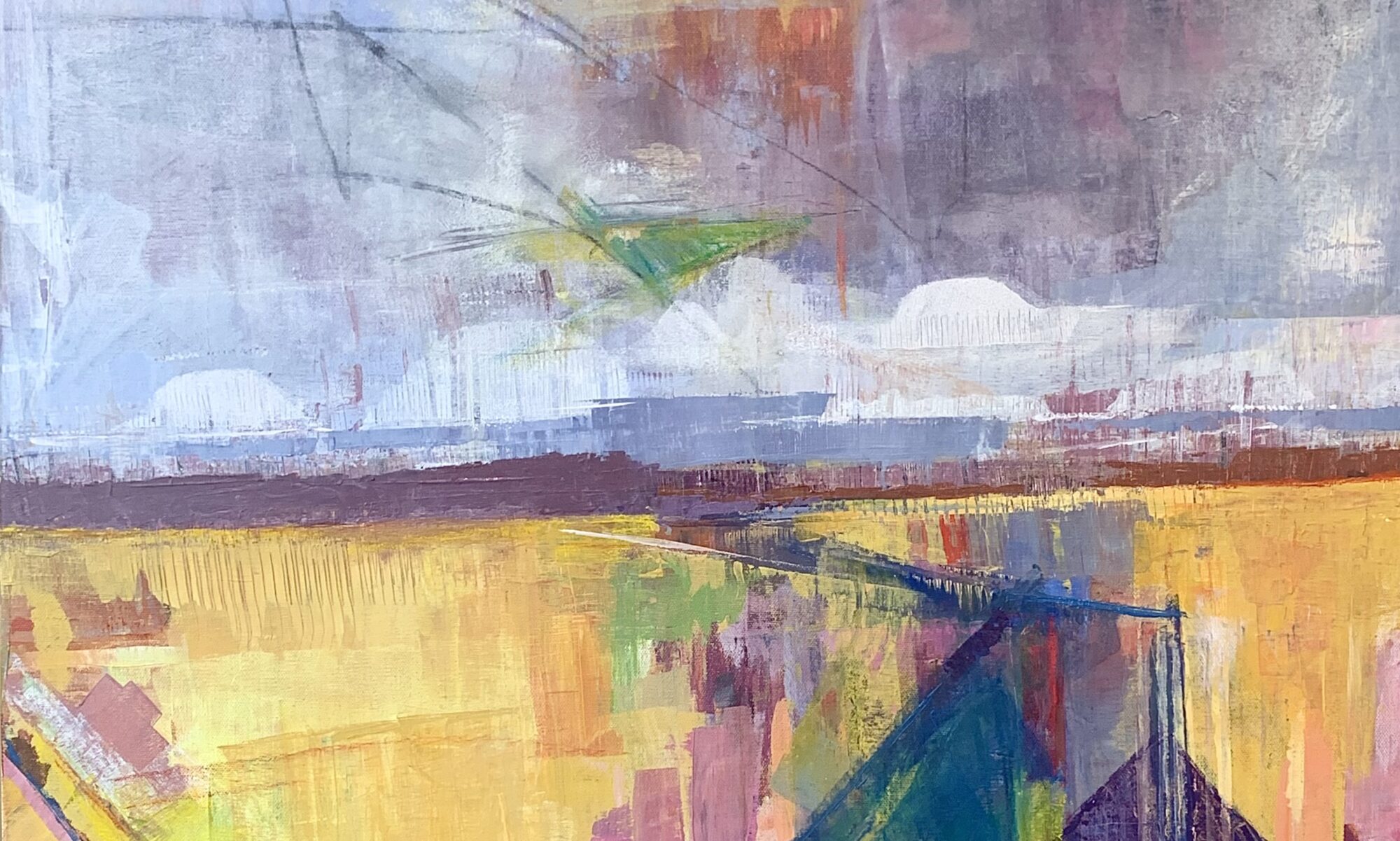I stumbled across this artist and just had to comment. Artist Tim Knowles makes drawings and paintings that remove the artist’s hand. Using a variety of objects or circumstances, like cars, balloons, and trees, Knowles has the universe make art for him. I was drawn to the tree series, in particular. I was not clear on whether the tree branch itself is dipped in paint or ink, or if a brush is attached to the tree. The implications for both would be very different. Either way, the tree is given mark making abilities and is set up with an easel in front of it. It is then left to blow in the wind, recording the natural movements of the limb over time. I appreciate and respect this concept. I think that the works resulting would likely be aesthetically interesting, and with knowledge of their origin, they become deeper still.
As an artist, though, I struggle to understand the benefit of such a work. Once the idea has passed, the execution seems irrelevant. The idea is usually better than the work. Also, this kind of thing can easily become gimmicky and over processed. it has already become a category of its own in contemporary art. Finally, (and this a a personal reaction), I need the physical, tangible, sculptural experience of shaping and making with my hands. An idea along doesn’t get me fired up the way making something physically does. Again, I am intrigued by this work, but do not see how this art sustains itself beyond this era.
To see more of Tim Knowles work, please visit his website:
